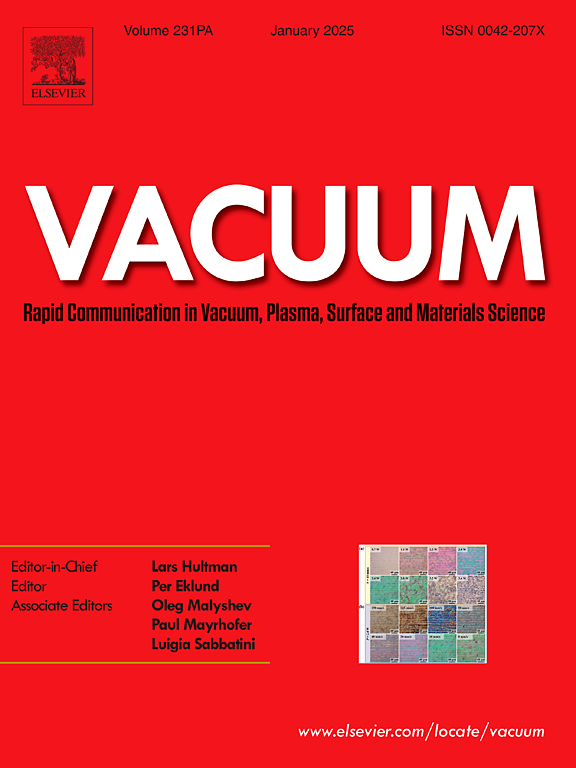The effect of Gd content on the microstructure and mechanical properties of AM50 magnesium alloy in pulsed laser welding
IF 3.8
2区 材料科学
Q2 MATERIALS SCIENCE, MULTIDISCIPLINARY
引用次数: 0
Abstract
The effect of AM50-xGd fillers (x = 0, 1, 2, 3 wt%) on the microstructure and mechanical properties of 1 mm thick AM50 magnesium alloy plates welded by pulsed laser are studied. Scanning electron microscope (SEM), energy dispersive spectrometer (EDS), X-ray diffraction (XRD), electron backscatter diffraction (EBSD), and transmission electron microscope (TEM) are used to observe the microstructure of the welded joints. The results showed that the microstructure of the joints is mainly composed of the α-Mg and β-Mg17Al12 phases. After rare-earth (RE) element Gd is added, the newly generated Al2Gd phase and Al8Mn4Gd have a refining effect on the reticular β-Mg17Al12 eutectic structure at the grain boundary (GB). The average grain size (AGS) decreased from 29.1 μm to 9.7 μm. A tensile testing machine and a microhardness tester are used to test the tensile properties and microhardness of the welded joints. The results show that as the Gd content increases, the content of the β-Mg17Al12 phase decreases, and the hardness of the joints decreases accordingly. The ultimate tensile strength (UTS) of the joint initially increases and then decreases. At 2 % Gd, the UTS of the joint reaches a maximum of 224MPa, and the hardness is 65.5 HV.
求助全文
约1分钟内获得全文
求助全文
来源期刊

Vacuum
工程技术-材料科学:综合
CiteScore
6.80
自引率
17.50%
发文量
0
审稿时长
34 days
期刊介绍:
Vacuum is an international rapid publications journal with a focus on short communication. All papers are peer-reviewed, with the review process for short communication geared towards very fast turnaround times. The journal also published full research papers, thematic issues and selected papers from leading conferences.
A report in Vacuum should represent a major advance in an area that involves a controlled environment at pressures of one atmosphere or below.
The scope of the journal includes:
1. Vacuum; original developments in vacuum pumping and instrumentation, vacuum measurement, vacuum gas dynamics, gas-surface interactions, surface treatment for UHV applications and low outgassing, vacuum melting, sintering, and vacuum metrology. Technology and solutions for large-scale facilities (e.g., particle accelerators and fusion devices). New instrumentation ( e.g., detectors and electron microscopes).
2. Plasma science; advances in PVD, CVD, plasma-assisted CVD, ion sources, deposition processes and analysis.
3. Surface science; surface engineering, surface chemistry, surface analysis, crystal growth, ion-surface interactions and etching, nanometer-scale processing, surface modification.
4. Materials science; novel functional or structural materials. Metals, ceramics, and polymers. Experiments, simulations, and modelling for understanding structure-property relationships. Thin films and coatings. Nanostructures and ion implantation.
 求助内容:
求助内容: 应助结果提醒方式:
应助结果提醒方式:


